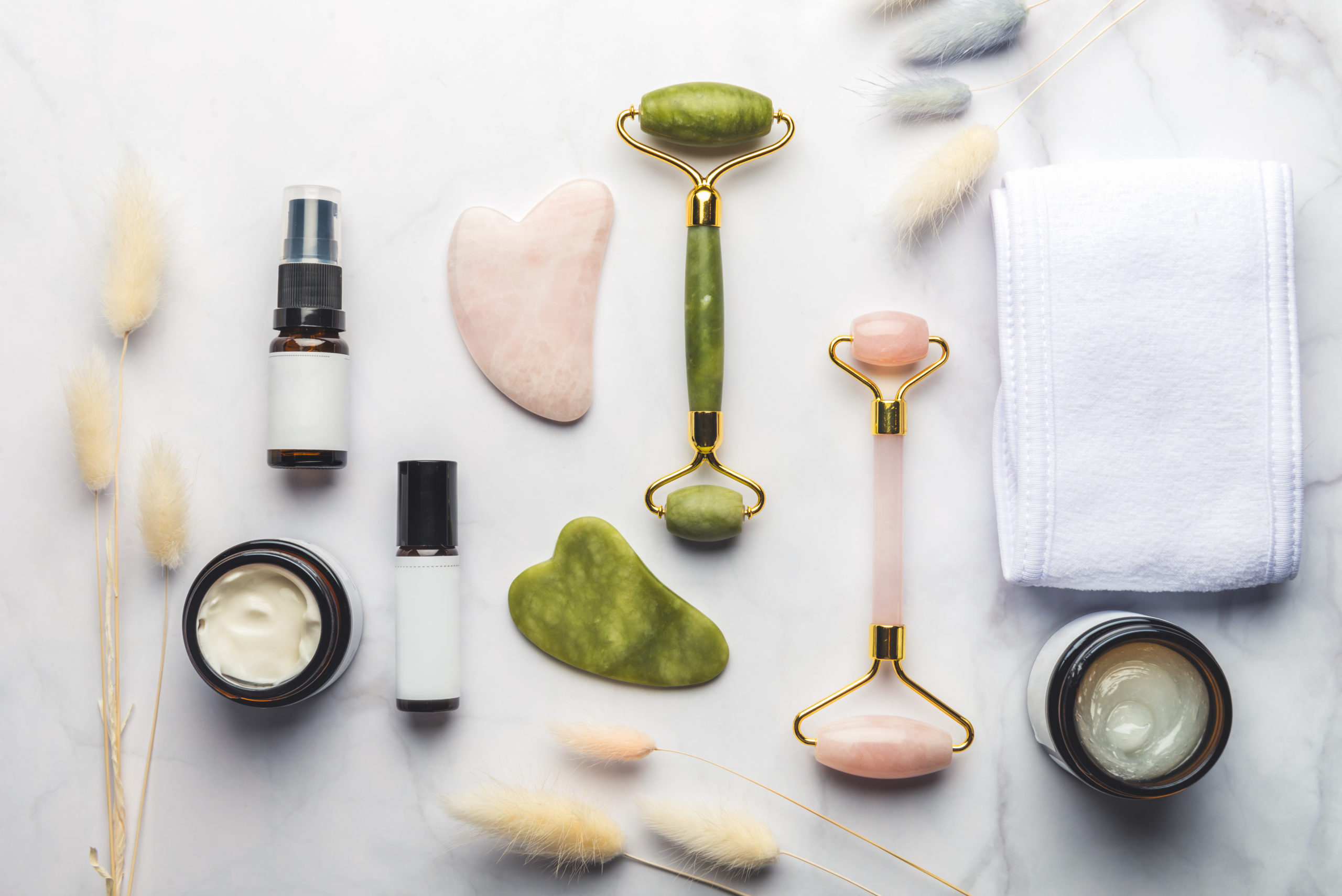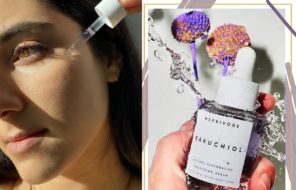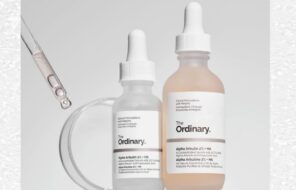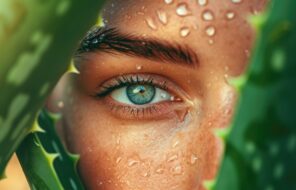Professional skincare treatments may be effective, but anyone who regularly indulges can tell you that they can really pull at the purse strings. And who has that kind of time anyway?
Sure, an afternoon at your local spa certainly has its selling points, but there are plenty of reasons (see above) why some folks end up taking matters into their own hands with facial tools.
And when you don’t know what you don’t know, there’s no need to worry because DIY skincare is big business. How-to videos in every corner of the internet (looking at you, TikTok) are there to show you the way. And from tools that have trickled down from the cutting-edge tech they use in space to ancient Chinese beauty tools, it’s easy enough to find a great tool for whatever ails you.
Moreover, when you’re ready to soothe and sculpt your way to better skin, you’ll find that some of the best facial tools for the job are easily accessible. In fact, you probably won’t need to look any further than your local Target.
The TLDR: Whether you’re battling acne or fighting wrinkles, there’s a facial tool for that — you just have to choose the right one.
LED light wands or masks
Way back in 1993, an LED was developed for NASA to conduct light therapy for plant growth experiments in space. And while they found that LED light did, in fact, promote plant growth, scientists also found that this type of light helped their skin lesions heal faster. Fast forward a couple of decades, and LED light therapy has found its way into home skincare routines everywhere in the form of handheld wands and facial masks. Digging into the science, we find that LED lights essentially give your skin cells a little power-up, stimulating their healing and repair functions.
“LED light therapy uses specific wavelengths of light to target various issues with the skin,” said Kristen Mesecher, licensed esthetician and founder of Beauty School Near You. “It can be used to help stimulate collagen production and reduce inflammation, improve skin tone and complexion, reduce the appearance of wrinkles and fine lines, treat acne, and improve skin elasticity. [Ultimately,] LED light therapy also makes people feel more confident about their appearance by giving their skin a youthful, radiant glow.”
Mesecher also told Glowsly that while LED light therapy has many benefits, professional treatments can be expensive. Luckily, at-home devices can provide similar results at significant cost savings for most. “SolaWave is one such device that uses both red and blue light therapy to help improve the skin’s appearance,” Mesecher said. “Whereas LED light therapy services found at spas and salons can range in price from $75 to $200 per session, the SolaWave device can be purchased for around $140.”
Mesecher also noted that while “The SolaWave is not necessarily a replacement for professional treatments, it can help to maintain results in between professional sessions.”
We should also note that LED light therapy comes in a host of colors, each offering a different benefit to the skin. Dermatologist and resident medical expert at BestBotox.ca, Dr. Cory Gaskins, BSc, MD, CCFP, told us that “Blue LED light therapy has been shown to kill bacteria, making it an effective treatment for acne, and red LED light therapy has been shown to reduce the appearance of wrinkles, scars, and redness.”
Dr. Gaskins added, “A series of treatments can give you noticeable results, with no downtime needed to recover.”
Ice globes
“Ice globes are another option for people looking for facial tools to improve their skin’s appearance,” Mesecher said. “Ice globes are usually made of glass and filled with water. They have a number of benefits, including reducing inflammation, diminishing the appearance of pores, and helping to tighten the skin. Ice globes can also help to reduce puffiness, redness, and wrinkles.” The best part is these facial tools are “a relatively cheap option,” with prices starting at $15.
And while water in a glass globe might seem fairly innocuous, Mesecher had a few words of caution. “When using ice globes, it is important not to overdo it. Too much exposure to cold temperatures can damage the skin. It is best to start with short [treatments] (no more than a minute or two) and gradually increase the amount of time as your skin becomes more accustomed to it.”
Dermaplaners
“Dermaplaning is a simple and safe exfoliation procedure. It involves using a sterile blade to gently scrape off the top layer of dead skin cells and fine facial hair,” Gaskins said. “This type of exfoliation can be beneficial for those who want to brighten and smoothen their skin without harsh chemicals or abrasives. Dermaplaning can also help remove vellus hair, also known as ‘peach fuzz.’”
And while most people use dermaplaning tools to rid themselves of facial hair, Gaskins noted some ancillary benefits to these facial tools. “[Dermaplaning] can result in a temporary improvement in the appearance of fine lines and wrinkles,” he said. “In addition, dermaplaning can make it easier for products to penetrate the skin and may help makeup go on more smoothly.”
While dermaplaners certainly have a place in any beauty box, there are some caveats and best practices to keep in mind. “Dermaplaners have sharp blades, which can irritate the skin if used too aggressively,” Mesecher said. “It is important to use a light touch when using a dermaplaner and avoid going over the same area more than once. [Users might also consider] moisturizing with a hyaluronic acid serum after using a dermaplaner [which] can help to soothe the skin and improve its appearance.”
And if you’re wondering how much a dermaplaner will debit your beauty and skincare budget, Mesecher noted that “Dermaplaners are relatively inexpensive, with many devices available for less than $30.”
Microcurrent devices
“Microcurrent devices are devices that deliver low-level electrical currents to the skin and facial muscles, which improves the appearance of the skin,” said Dr. Alpana Mohta, certified dermatologist and board member at BetterGoods.org. “This electric current has been claimed to make the facial muscles taut, which lifts and tightens the overlying muscles. [Ultimately,] these currents can help to increase collagen production, improve blood circulation, and diminish the appearance of fine lines and wrinkles.
It’s worth noting that microcurrent devices are typically more expensive than many of the facial tools on this list. Some of the more popular microcurrent devices include the Foreo Bear and NuFace, which are priced at $329 and $209, respectively.
Gua sha
While microcurrent devices and LED light therapy hang out somewhere near the cutting edge of facial tools, gua sha takes things back a few centuries. “Gua sha is a type of massage tool that is often used in traditional Chinese medicine,” Dr. Mohta said. These tools are still used today to “help improve circulation and lymphatic drainage and reduce inflammation.”
“The lymphatic system is responsible for carrying away waste and toxins from the cells, and massage can help to encourage this process,” Mesecher said. “When performed regularly, gua sha and jade rolling can improve the look of your skin by minimizing puffiness and redness.”
Mesecher noted that “gua sha face rollers are typically made of jade or another smooth, hard material,” and to do what they do, “they are rolled over the skin in a specific pattern to help improve lymphatic drainage.” She went on to say, “It takes some practice to get the technique down, and many people make the mistake of starting with their face when they should be starting with their neck.” If you’re new to gua sha, there are plenty of videos and gua sha how-to guides online to help you get started.
While gua sha tools are typically made of rose quartz or jade, Mesecher noted that these facial tools “can range in price from $10 to $30, making them an inexpensive addition to your beauty routine.”
Face rollers
Face rollers are quite similar to gua sha tools. Essentially they’re “another type of massage tool that can be used to improve the appearance of the skin,” Mohta said. “[Like gua sha tools,] they can help to reduce puffiness and inflammation and promote lymphatic drainage. Mohta noted that, much like gua sha tools, “face rollers can also be used in conjunction with facial oils, serums, or moisturizers to enhance their penetration into the skin.”
But whereas gua sha tools can offer a deeper massage because it works with the contours of your face, facial rollers offer only a light facial massage.
Final thoughts
Regular spa facials can really take a toll on your bank balance, not to mention your time. Fortunately, DIY skincare has become incredibly accessible courtesy of the many facial tools on the market. No matter what your skincare concerns are — whether you’re looking to keep breakouts in check or erase fine lines and wrinkles — it’s easy enough to find a tool to help you manage them. Before taking matters into your own hands, you may want to familiarize yourself with the myriad tools available and choose accordingly.





